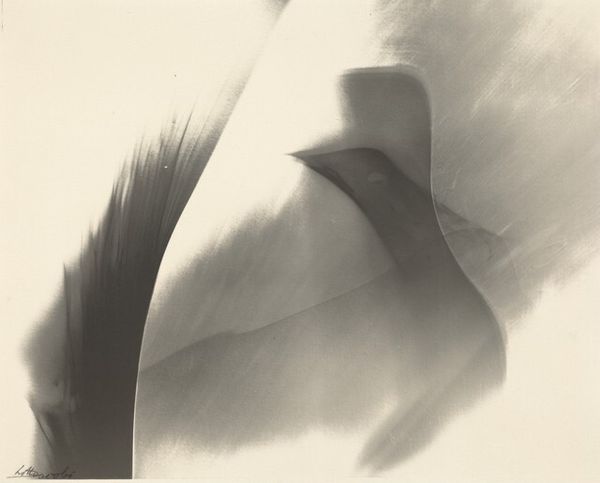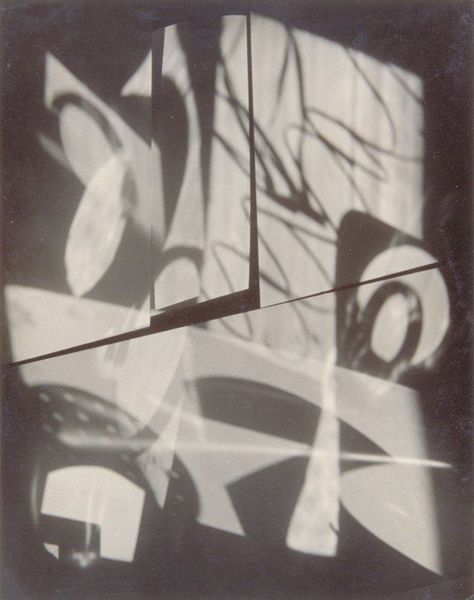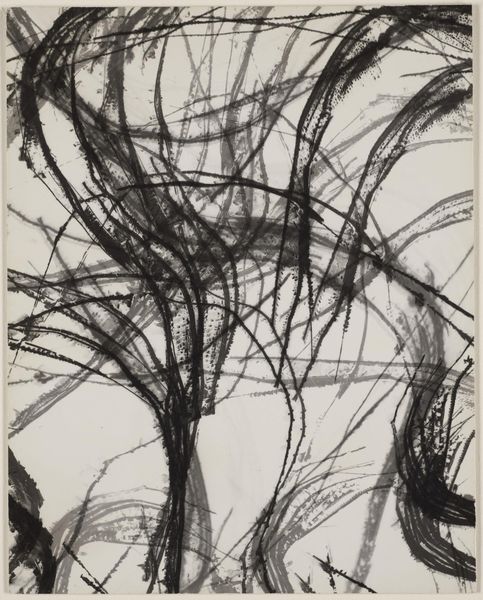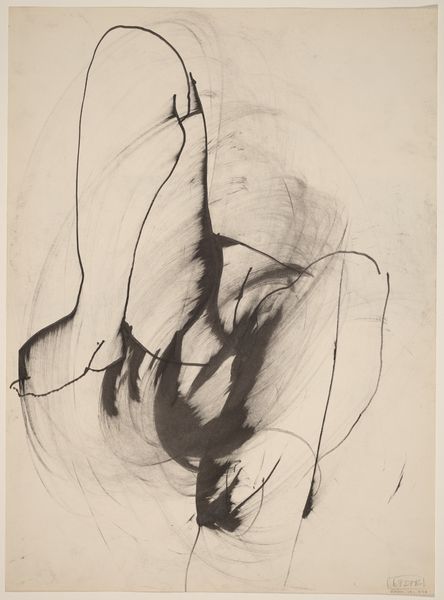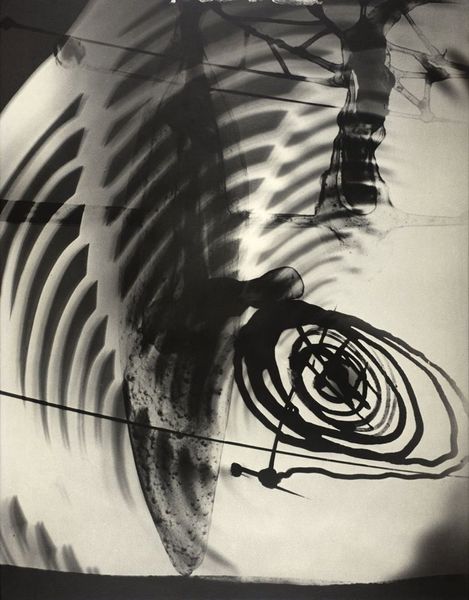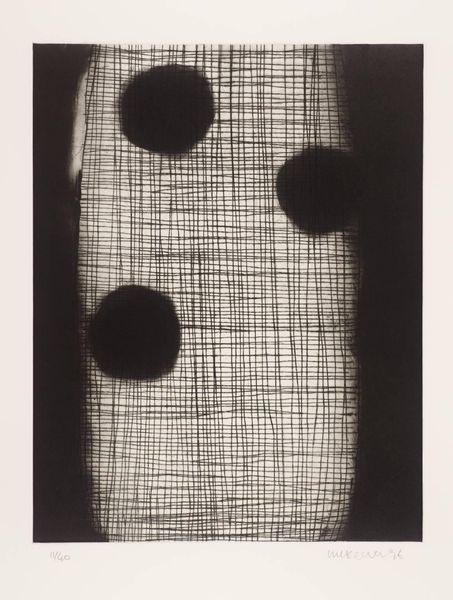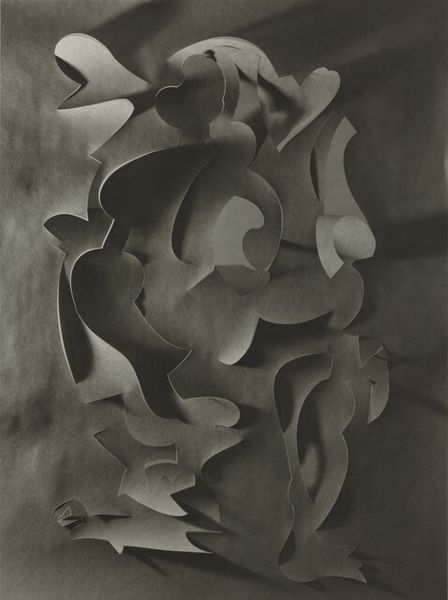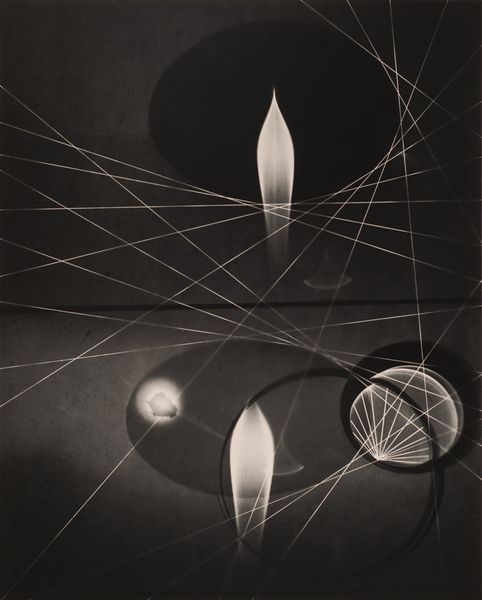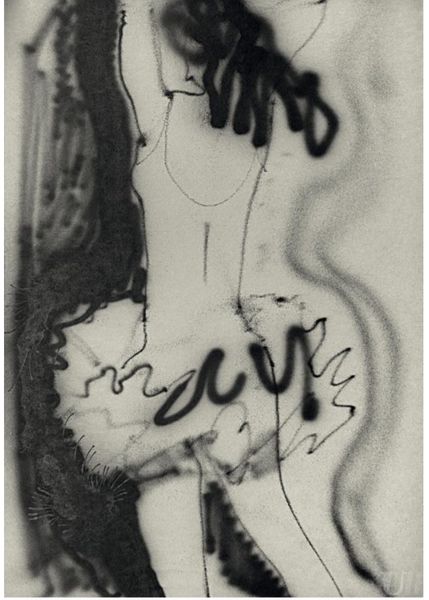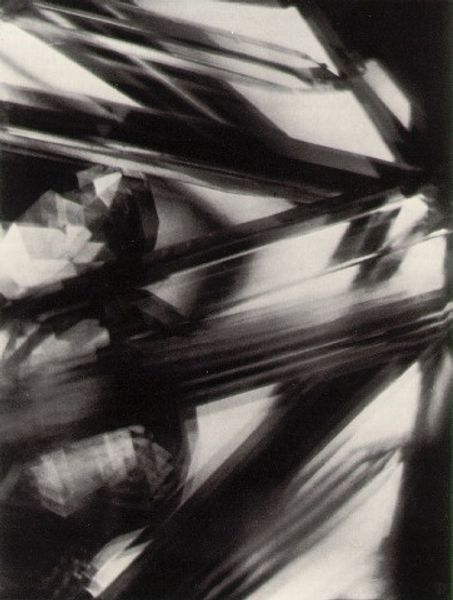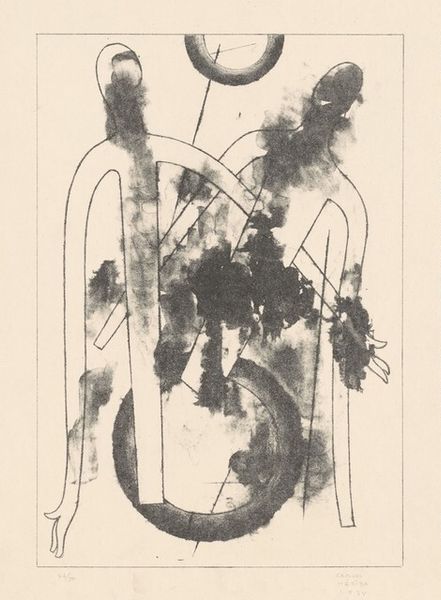
photography, rayograph
#
art-deco
#
photography
#
geometric
#
rayograph
#
surrealism
Copyright: Public domain
Curator: Oh, this gives me the shivers, in a good way! All silvery light and suggestive shapes. Editor: Indeed. Before us is "Ombres d'Optique," a rayograph crafted by Pierre Dubreuil in 1929. A rather fascinating study in form and shadow, don't you think? Curator: Fascinating! A bit like peering into someone's dreamy subconscious through old glasses. The lines seem to dance—is that a pair of spectacles casting those warped shadows? Editor: Precisely. Dubreuil, you see, abandons traditional photographic techniques here. He placed objects—including, undeniably, eyeglasses—directly onto photosensitive paper and then exposed it to light. The result is this shadow image. Note how he uses the objects, the geometric forms, to structure space within the image, and further to explore absence through shadow. Curator: Absence… like the memory of a face seen only in glimpses? He was part of the Surrealist movement, wasn't he? That's got to factor in here somewhere— Editor: It does. While distinctly Art Deco in its sleek lines and geometric arrangements, there are certainly surrealist undertones at play here, perhaps challenging our perceptions of reality versus representation through its almost dreamlike arrangement of light and form. Dubreuil plays, in particular, with the eye—our faculty for sight and, implicitly, understanding. Curator: The glasses ask us, What do you *see*? Or, maybe more poetically, what *can’t* you see without a little bit of playful distortion? There's a whimsical darkness in it all, a beautiful fragility, like shadows about to fade. Editor: Perhaps that is precisely his point, a nod to the transient and deceptive nature of visual perception itself. “Ombres d’Optique” serves as a striking example of how artistic innovation can alter our fundamental understanding of reality and representation in art. Curator: Absolutely! It definitely makes you think—about seeing, remembering, and all the things we think we know, don't you agree? Editor: Undeniably so; Dubreuil’s work lingers with the viewer long after one looks away.
Comments
No comments
Be the first to comment and join the conversation on the ultimate creative platform.
